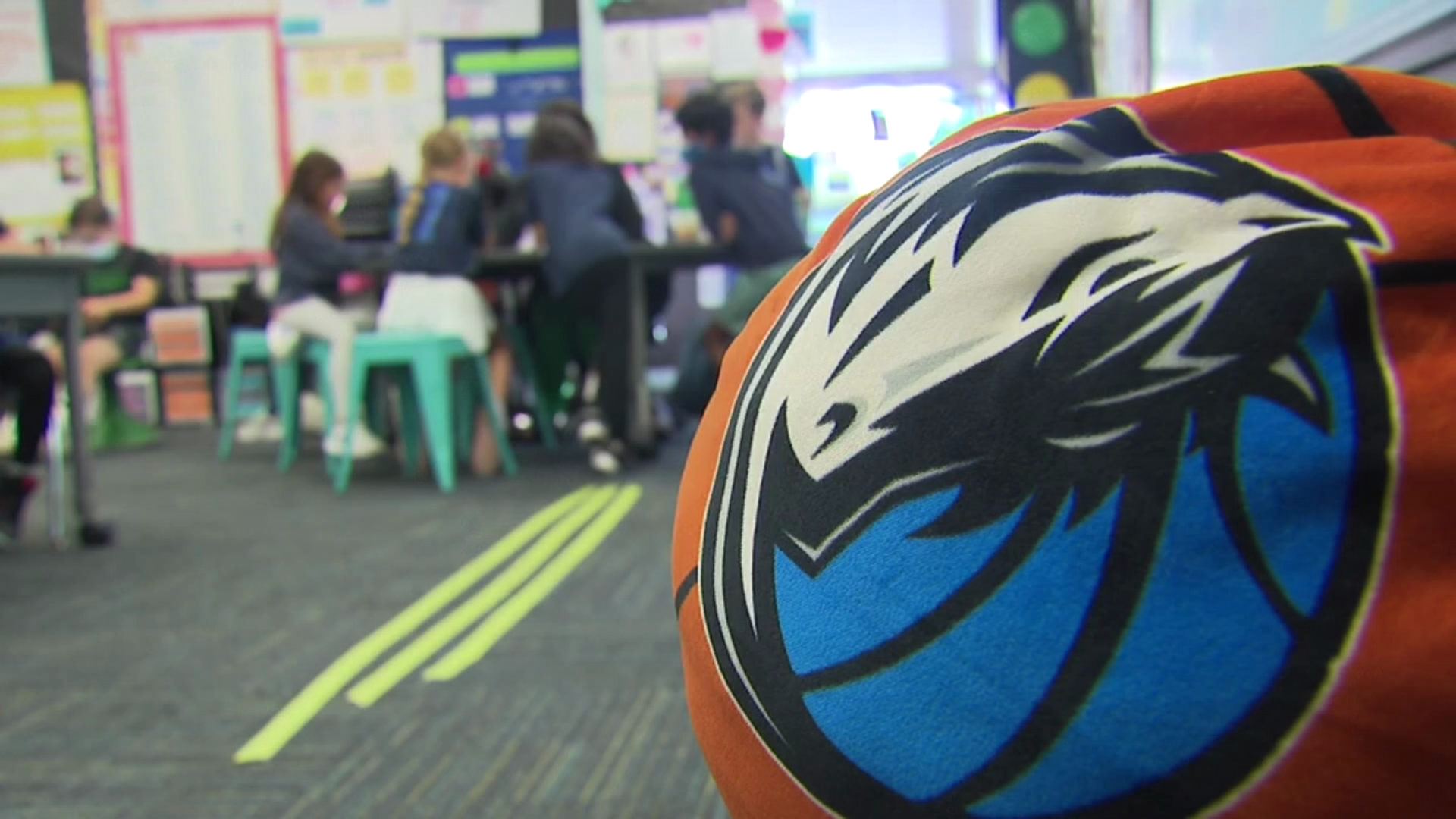Historic drought conditions are fueling the largest algae bloom in more than a decade along the Texas Gulf Coast, killing fish, sparking warnings about beach conditions and making throats scratchy, researchers said Monday.
The extent of the so-called red tide bloom came as no surprise to biologists because the microscopic algae love warm, salty water. Since March, Texas has recorded seven of the 10 driest months in 116 years, so scientists had anticipated a red tide.
Earlier this summer, Texas Parks and Wildlife marine biologist Meridith Byrd said she hosted a meeting of researchers to discuss how best to respond.
"People have gone back and looked through the weather patterns and records and noted that red tides tended to occur in dry years." Byrd said.
In a wet year, when plenty of freshwater is flowing into Texas bays from rivers the salinity levels stay lower and stop any red tide that might try to encroach from deeper in the Gulf of Mexico, she said. That hasn't been the case this year.
The geographic scope of this red tide -- affecting areas from Galveston to South Padre Island -- is the largest since 2000, Byrd said from her office in Victoria. A variety of dead fish have been reported washing up in places since last month -- including a 6-foot tarpon on Padre Island this weekend, but so far this bloom hasn't produced a fish kill as severe as others, Byrd said.
Brigette Goza, a researcher at the University of Texas-Pan American Coastal Studies Lab in South Padre Island, said she was feeling the effects of the bloom's aerosol for the first time. On Monday, she had found her highest concentration of the algae cells since she began monitoring the bloom Sept. 11 -- 10,000 cells in one milliliter of water at the south end of the island, she said.
Local
The latest news from around North Texas.
Even that concentration paled in comparison to a sample Tony Reisinger tested Saturday farther up the beach where the water turned red.
Reisinger, Texas AgriLife extension agent for coastal and marine resources in Cameron County, found more than 100,000 cells in one milliliter, he said. He began training naturalists along the coast this summer to do the cell counts.
The Cameron County health department warned people with respiratory illnesses, including asthma, to avoid South Padre Island and Boca Chica beach Sunday until further notice. The last red tide along the Texas coast was 2009.
A day at the beach in South Padre Island was not for the faint of heart this weekend. As soon as the car door opened the tickle in the back of the throat began, followed by a cough.
Still, cyclists competed during an otherwise beautiful weekend in road races and a triathlon called King of the Causeway.
"I don't think it was a huge issue," said race director Wally Alaniz, owner of a McAllen bike shop. "There was a bit of coughing."
Mostly competitors were relieved when they heard their coughs weren't a sign that they were coming down with a cold, he said.
Rains and wind are needed to knock down the bloom though the algae are tough.
"Until we get a significant weather change this thing is going to hang around and get pushed up and down the beaches," Byrd said.



